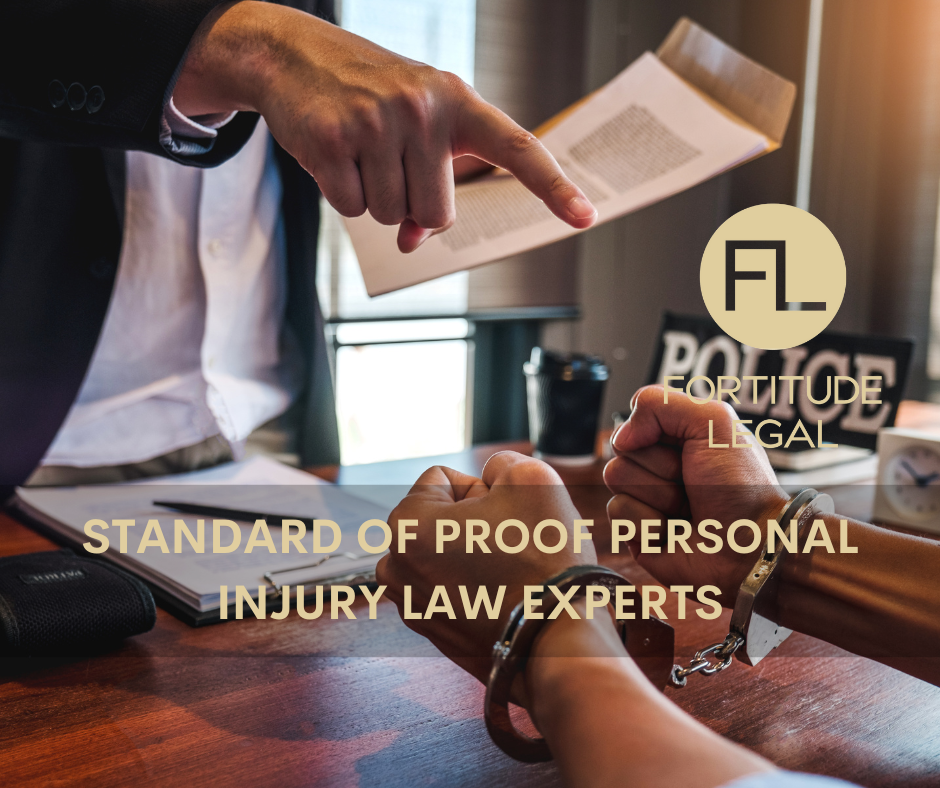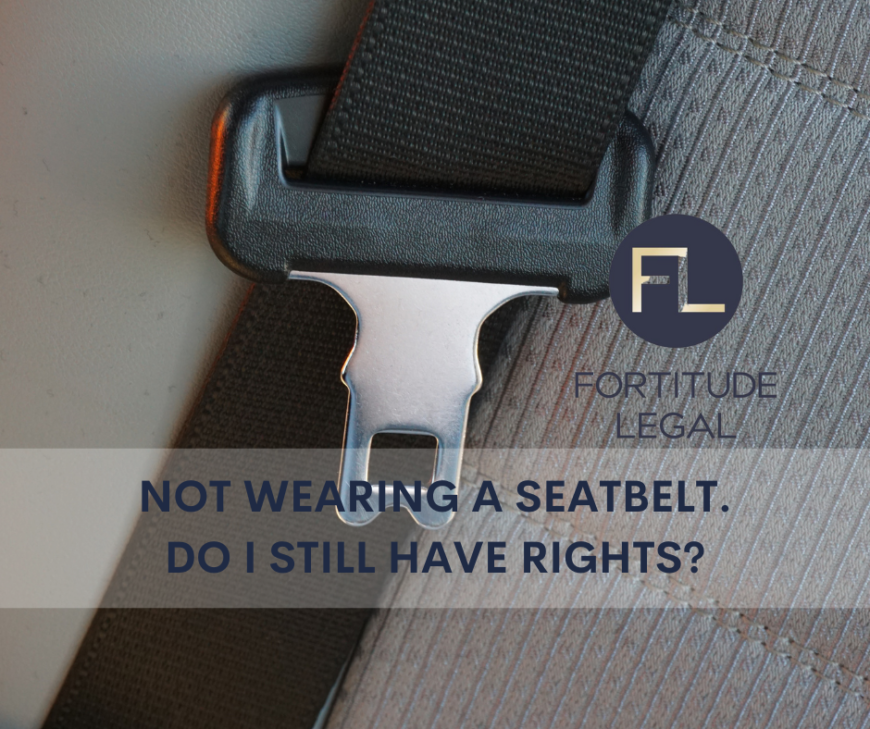Posts Tagged ‘#injury’
Standard Of Proof Personal Injury Law Experts
STANDARD OF PROOF PERSONAL INJURY LAW EXPERTS BURDEN AND STANDARD OF PROOF INJURY CLAIMS; DO I STILL HAVE A CIVIL CLAIM IF THE POLICE OR WORKSAFE DO NOT TAKE FORMAL ACTION IN AN ACCIDENT? As personal injury lawyers providing advice to clients, we find that people are often surprised to hear that not only are…
Read MoreNot Wearing A Seatbelt. Do I Still Have Rights?
Not Wearing A Seatbelt. Do I Still Have Rights? In writing this article, we want to make it clear that as personal injury lawyers we see the devastating impact of transport accidents every day. Wearing a seatbelt is not only law but reduces the risk of injury or death in a transport accident. In our…
Read MoreI’ve Hurt My Back At Work – What Are My Compensation Entitlements?
I’ve Hurt My Back At Work – What Should I Do? If you have suffered an injury to your back at work, you might be able to make a claim for compensation. You may have suffered a back injury in the course of your employment due to heavy lifting, a slip and fall, or unsafe…
Read MoreInjured Off Road? Whether Dirt Bike, Paddock Bomb Or Quad Bike – You May Have Rights!
Injured Off Road? What Are My Rights? In the context of off-road motorcycling or driving, an accident does not necessarily have to occur on a public road in order for you to be eligible to receive compensation. For example, if you are injured whilst riding or driving a Victorian registered motorcycle or car on private…
Read MoreSilica Dust Exposure – Engineered Stone Ban
In light of recent developments regarding the banning of engineered stone in Australia, it is imperative to address the implications for the synthetic stone industry. The ban comes as a response to growing concerns over the health risks associated with silica exposure, particularly during the fabrication and installation of synthetic stone products. Silica Exposure:…
Read MoreInjury involving an e-scooter?
INJURY INVOLVING AN E-SCOOTER? Ongoing Issues Since the first trial of e-scooters in Australia in 2021, the media has been littered with stories of people suffering injury as a result of their foray into riding e-scooters, and/or pedestrian encounters with e-scooter riders. The ABC recently reported that “A study by the Royal Melbourne Hospital found 256…
Read More





